A wet garden and Mimulus cardinalis--Has anyone grown this?
kristin_williams
18 years ago
Related Stories

LAUNDRY ROOMSThe Cure for Houzz Envy: Laundry Room Touches Anyone Can Do
Make fluffing and folding more enjoyable by borrowing these ideas from beautifully designed laundry rooms
Full Story
MUDROOMSThe Cure for Houzz Envy: Mudroom Touches Anyone Can Do
Make a utilitarian mudroom snazzier and better organized with these cheap and easy ideas
Full Story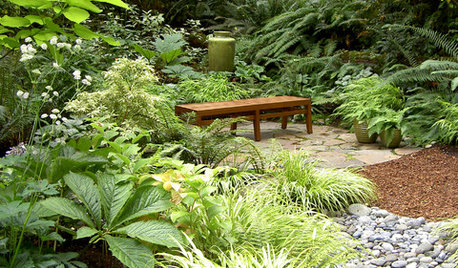
GARDENING GUIDESGreat Garden Combo: 6 Beautiful Plants for a Shady, Wet Site
Transform a shade garden with moisture-loving golden grasses, textural leaves and a sprinkling of flowers
Full Story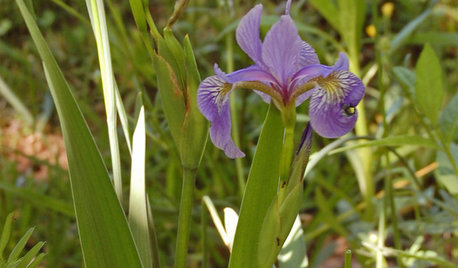
GARDENING GUIDESGreat Design Plant: Iris Versicolor
A versatile native iris for bridging wet and dry gardens
Full Story
GARDENING GUIDESGreat Design Plant: Cephalanthus Occidentalis
Buttonbush is an adaptable woody shrub with delightful pincushion flowers
Full Story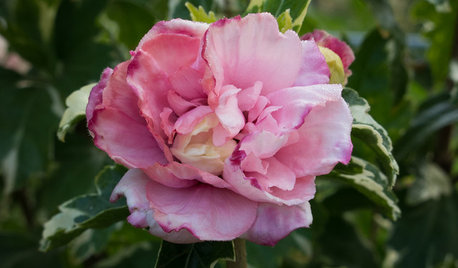
GARDENING GUIDESGreat Design Plant: Hibiscus Syriacus ‘Sugar Tip’
As pretty as a party dress, ‘Sugar Tip’ has layers of pink that catch the eyes of butterflies
Full Story
HOUSEPLANTS8 Essentials for Healthy Indoor Plants
Houseplants add so much to our homes — and can thrive when grown in the right conditions. Keep these tips in mind
Full Story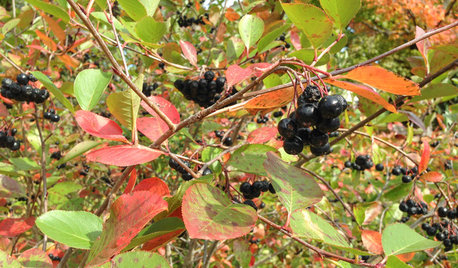
GARDENING GUIDESGreat Design Plant: Aronia Melanocarpa, a Star for Three Seasons
Plant black chokeberry in moist sites in eastern U.S. gardens for colorful spring flowers, red fall foliage and dark blue berries
Full Story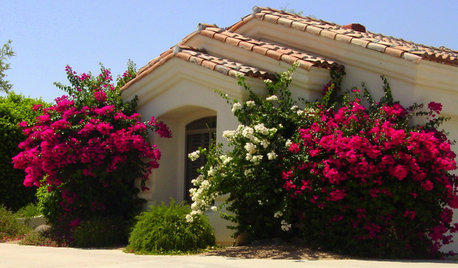
LANDSCAPE DESIGNGreat Design Plant: Sun-Loving Bougainvillea Showers Yards With Color
Bring unbeatable vibrancy to a garden or wall with this unfussy and trainable shrub packed with colorful bracts
Full Story
GARDENING GUIDESGreat Design Plant: Grow Blueberries for Their Fruit and More
Eastern gardeners should consider growing blueberry plants for their delicious fruits, bee-friendly spring blooms and brilliant fall foliage
Full StorySponsored
More Discussions



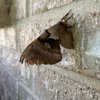
Deb__H
penny1947
Related Discussions
Anyone grown Monkey flower - (Magic Blotch) - Mimulus?
Q
Has anyone grown Plumeria in Central inland CA?
Q
Mimulus aurantiacus in container
Q
Has anyone grown Greek myrtle?
Q
wardw
kristin_williamsOriginal Author
wardw
spiderwoman
Deb__H
penny1947
Ellery9
wardw
kristin_williamsOriginal Author
penny1947
Jillberto
kristin_williamsOriginal Author
flutterbug
kristin_williamsOriginal Author
flutterbug
kristin_williamsOriginal Author
flutterbug
kristin_williamsOriginal Author
flutterbug
kristin_williamsOriginal Author
flutterbug
chimbo77